Short day plants flower when the day length is shorter than a certain critical duration. This typically occurs in late summer or early fall in temperate latitudes.
Despite their name, these plants are not limited to any one duration and can flower over a range of durations according to the species and environmental conditions.
Some notable short day plants include chrysanthemums, poinsettias, lilies, and snapdragons. While there are many different types of long night plants, they all have one thing in common: they need a specific daylight length to initiate flowering.
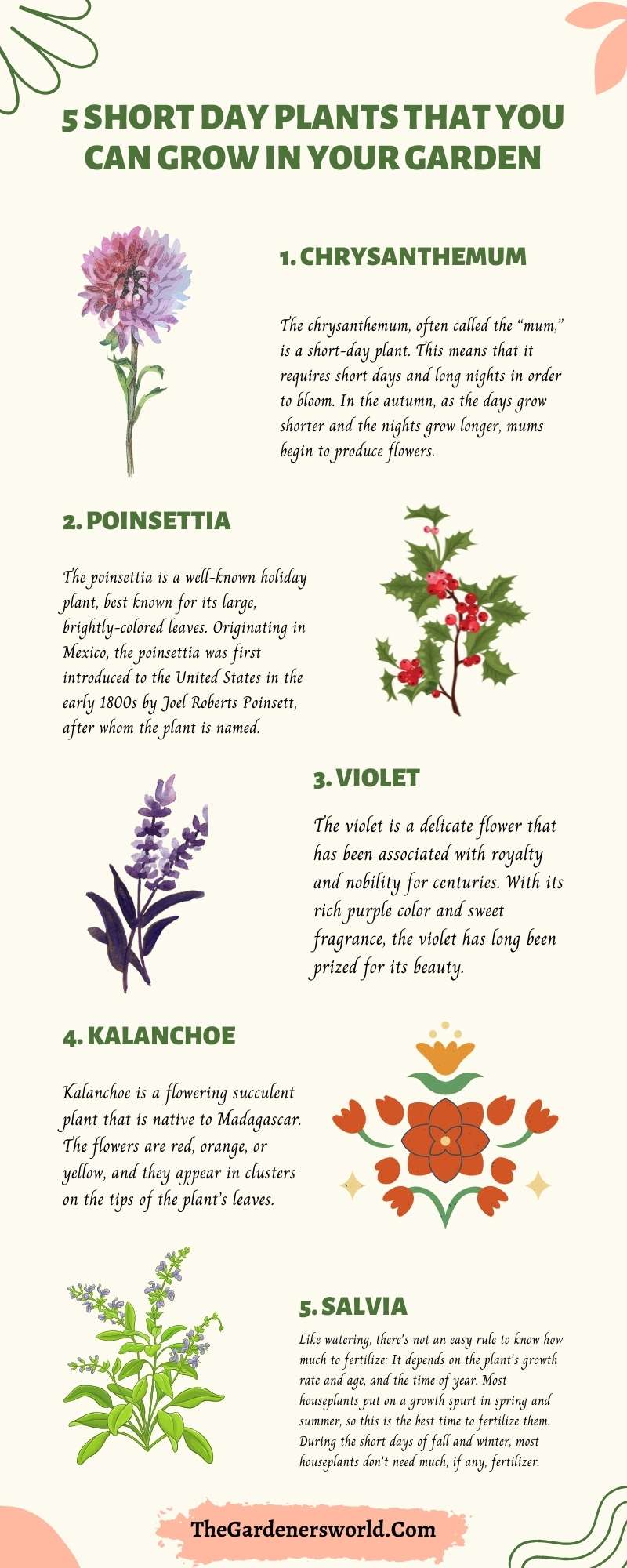
What Are Short Day Plants?
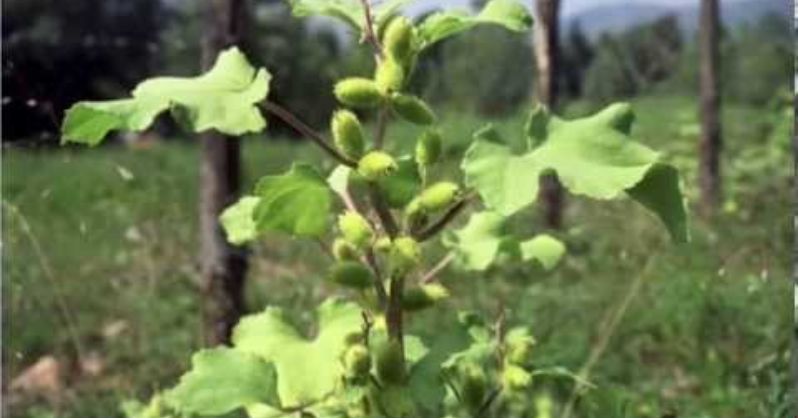
Short day plants are plants that flower only when the night is longer than the day. This can be due to the plant’s natural inclination or it can be induced by manipulating the length of the night with artificial light. Common short day plants include poinsettias, Christmas cactus, and cyclamen.
By manipulating the length of the day, growers can force plants to flower out of season. That applies for both short and long day plants.
This can be useful for growers who want to have flowers available year-round or who want to produce specific flowers for holidays or other occasions. While short-day plants are commonly grown indoors, they can also be grown outdoors in areas with longer nights.
Chrysanthemum
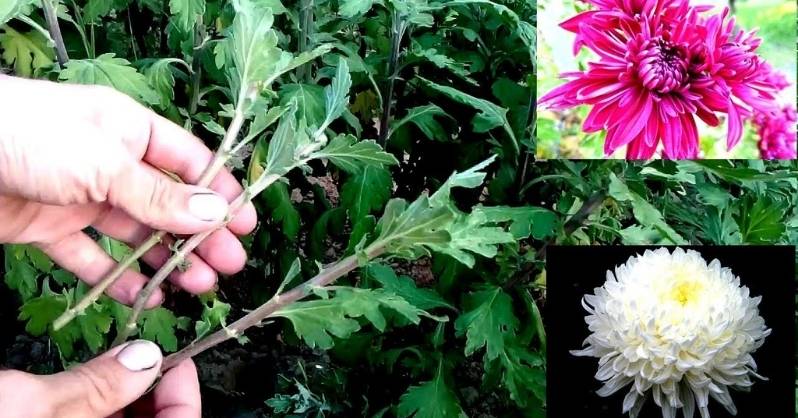
Scientific Name: Chrysanthemum indicum
Classifications:
Kingdom: Plantae
Order: Asterales
Family: Asteraceae
Subfamily: Asteroideae
Tribe: Anthemideae
Genus: Chrysanthemum
Species: Chrysanthemum Indicum
The chrysanthemum, often called the “mum,” is a short-day plant. This means that it requires short days and long nights in order to bloom. In the autumn, as the days grow shorter and the nights grow longer, mums begin to produce flowers.
The flowers of the chrysanthemum can be white, yellow, pink, red, or purple, and they are often used in bouquets and arrangements. Chrysanthemums are also a popular choice for adding color to fall gardens.
While they are thought of as a fall flower, mums can actually be planted in the spring or summer. They just need to be kept in an area with short days and long nights in order to bloom.
Poinsettia
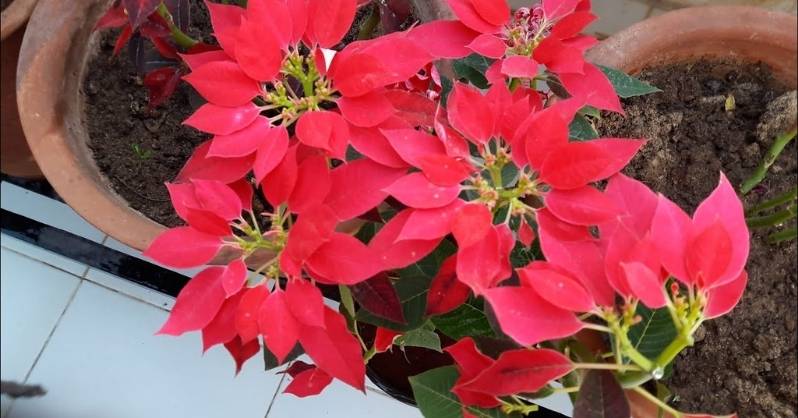
Scientific Name: Euphorbia pulcherrima
Classifications:
Kingdom: Plantae
Order: Malpighiales
Family: Euphorbiaceae
Genus: Euphorbia
Species: E. pulcherrima
The poinsettia is a well-known holiday plant, best known for its large, brightly-colored leaves. Originating in Mexico, the poinsettia was first introduced to the United States in the early 1800s by Joel Roberts Poinsett, after whom the plant is named.
While the vast majority of poinsettias on the market are red, the plant actually comes in a range of colors, including white, pink, and purple. Regardless of its color, the poinsettia is sure to add a touch of holiday cheer to any home.
Violet

Scientific Name: Viola Reichenbachiana
Classifications:
Kingdom: Plantae
Order: Malpighiales
Family: Violaceae
Subfamily: Violoideae
Tribe: Violeae
Genus: Viola
Species: Viola odorata
The violet is a delicate flower that has been associated with royalty and nobility for centuries. With its rich purple color and sweet fragrance, the violet has long been prized for its beauty.
Today, violets can be found in gardens all over the world. They are relatively easy to grow and make a lovely addition to any landscape. Although they are commonly thought of as being blue, violets actually come in a range of colors, from deep purple to pale lavender. My personal favorite is the rare African violet as their purple shade looks exquisitely beautiful.
No matter what their shade, violets are sure to add a touch of elegance to any setting.
Kalanchoe
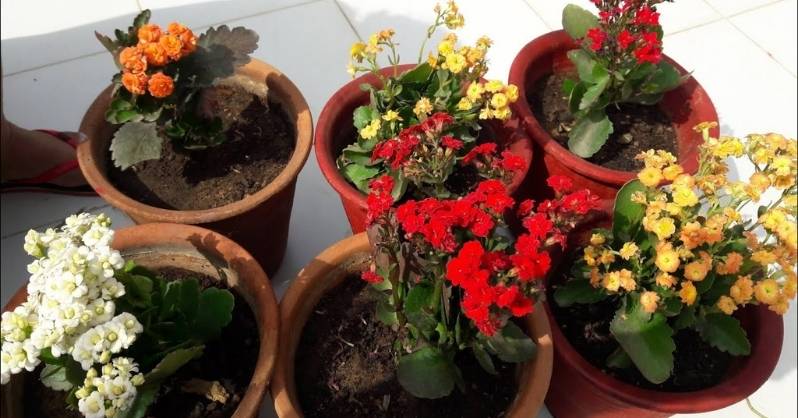
Scientific Name: Kalanchoe blossfeldiana
Classifications:
Kingdom: Plantae
Order: Saxifragales
Family: Crassulaceae
Subfamily: Kalanchoideae
Genus: Kalanchoe
Kalanchoe is a flowering succulent plant that is native to Madagascar. The flowers are red, orange, or yellow, and they appear in clusters on the tips of the plant’s leaves.
It is a popular houseplant, and it is also used in folk medicine. The plant has traditionally been used to treat wounds and bruises, and it is also believed to have anti-inflammatory properties.
Today, kalanchoe is still used in traditional medicine, and it is also being studied for its potential role in cancer treatment. In addition to its medical uses, kalanchoe is also grown as an ornamental plant.
It is low-maintenance, making it an ideal choice for those who want to add a bit of color to their home without having to put in too much work.
Salvia
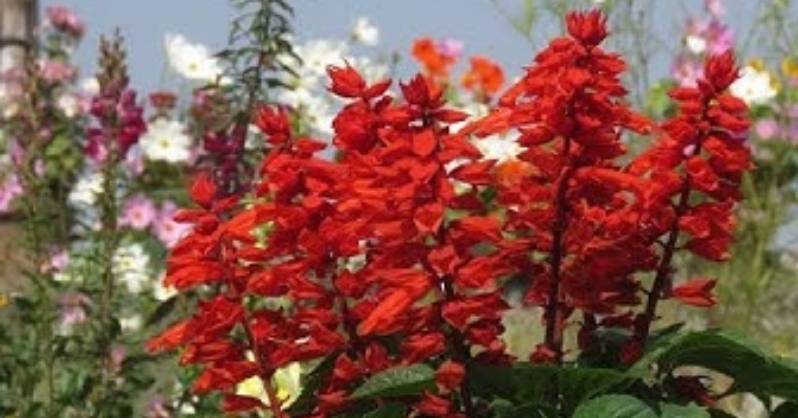
Scientific Name: Salvia officinalis
Classifications:
Kingdom: Plantae
Order: Lamiales
Family: Lamiaceae
Subfamily: Nepetoideae
Tribe: Mentheae
Genus: Salvia
Species: Salvia officinalis
It is also known as sage, and it has a long history of being used for culinary and medicinal purposes. The leaves of the salvia plant are used to flavor food, and they can also be made into tea.
Salvia has a number of health benefits, including the ability to improve digestion, relieve stress, and boost cognitive function.
Green onions
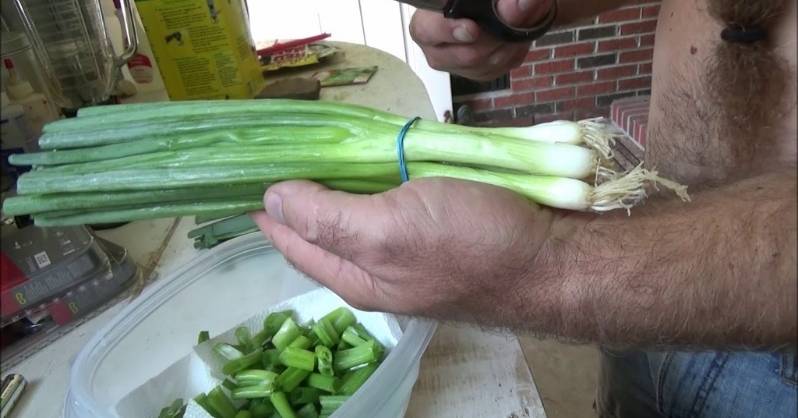
Scientific Name: Allium sativum
Classifications:
Kingdom: Plantae
Order: Asparagales
Family: Amaryllidaceae
Subfamily: Allioideae
Tribe: Allieae
Genus: Allium
Green onions, also known as scallions or spring onions, are a type of onion that is harvested while the bulb is still small. The entire onion, including the green tops, is edible and can be used in a variety of dishes.
Green onions have a milder flavor than mature onions, and their delicate texture makes them a perfect addition to salads and stir-fries. When shopping for green onions, look for bulbs that are firm and free of brown spots. The tops should be bright green and perky.
Soybean

Scientific Name: Glycine max
Classifications: dit
Kingdom: Plantae
Order: Fabales
Family: Fabaceae
Subfamily: Faboideae
Genus: Glycine
Species: G. max
In order to flower, a soybean plant needs to receive at least 12 hours of daylight. However, it can also flower when it receives less than 12 hours of daylight if the temperature is warm enough. Once the plant flowers, it will produce pods that contain soybeans.
These beans can be used to make a variety of food products, including tofu and soy milk. Soybeans are a type of legume, which means that they are able to fix nitrogen in the soil.

